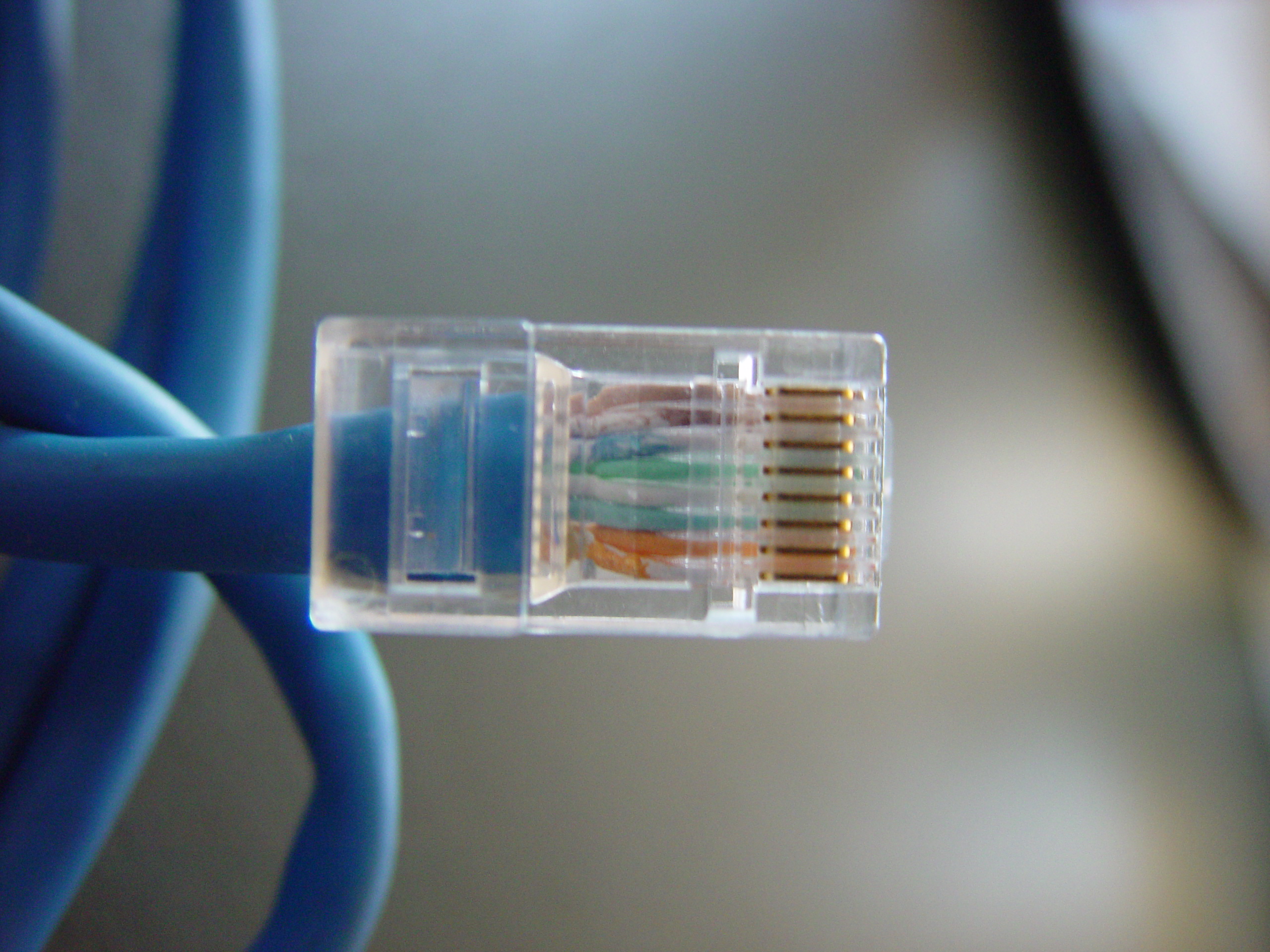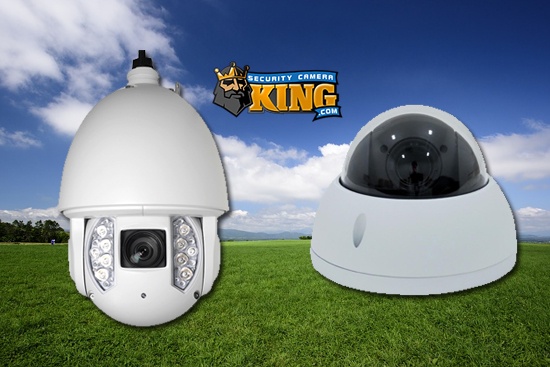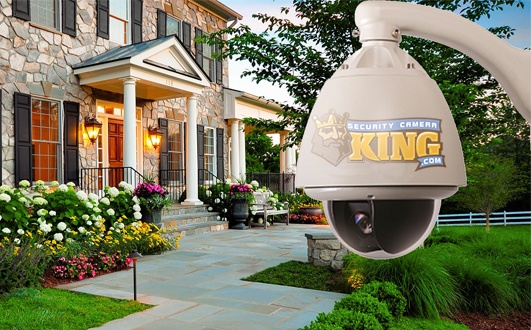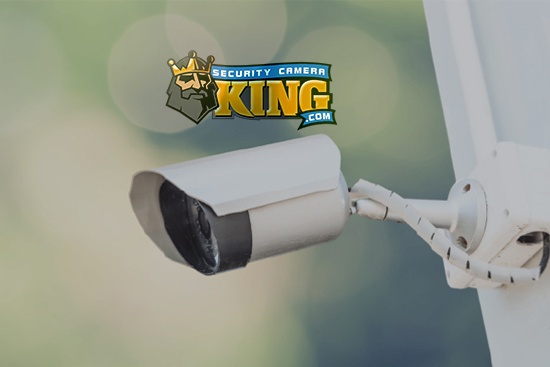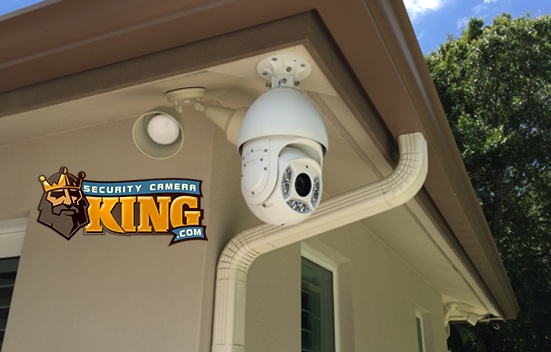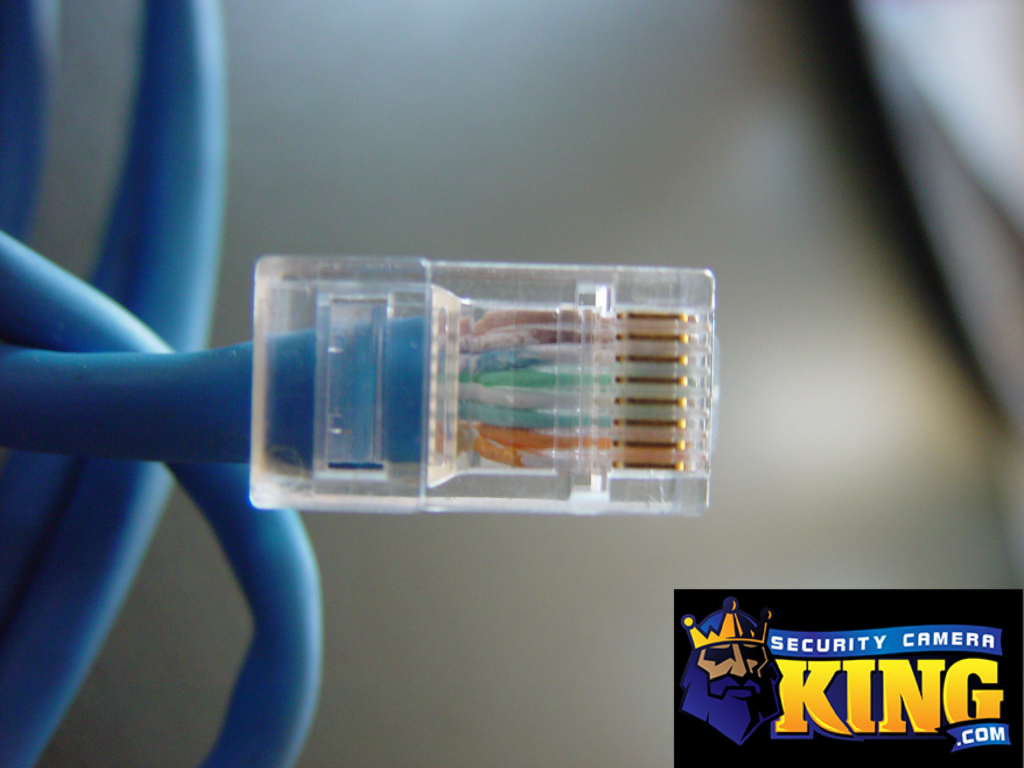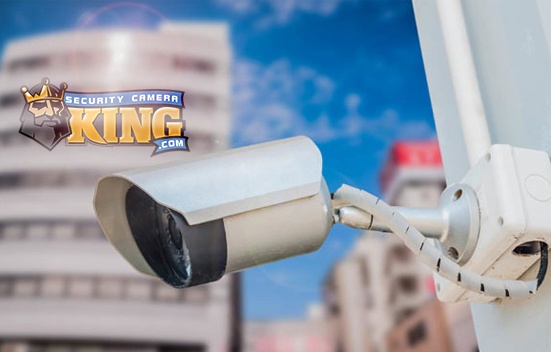PoE Cameras at SCK!
Security Camera King has been your top resource for info and the sale of the best CCTV hardware, including IP-based PoE Cameras!
There are an overwhelming amount of options out there to choose from when it comes to setting up and maintaining your security. At Security Camera King, we like to provide as many options to build up your security as possible! We get that all these options might be hard to digest if you’re not already in the know, and with that in mind we also love taking the time out to explain in these articles what some of our most important security technologies are.
You may already know that we carry access control equipment, which allows the user to set up electronic locks, push to enter and exit buttons, keyfob/card readers, and keypads across a property. With this type of system, you can control who gets into the property, via what doorways, and when!
Access control is one type of important security system we carry, and there are several components and options under that umbrella. However today we wanted to talk to you about cameras, specifically our IP PoE cameras. The best way to do that is to start by describing what an IP camera is, and how it relates to a camera that is not an IP camera. Then we will explain how these IP cameras are also PoE Cameras, what PoE means, and how it is beneficial.
For a long time, cameras for security systems used an analog video signal transmitted over an RG59 cable with a BNC connector. These cameras will also receive power separately, over a power cable from a central distribution box or a dedicated power supply. These would connect to a device called a recorder, and depending on the type of recorder it would convert this to videotape, or later on to Cds, DVDs, and eventually hard disks as an encoded digital recording. These later types of recorders, still used today are called DVRs, or Digital Video Recorders. Things have come quite a long way, and while non-IP cameras still use an rg59 cable with a BNC connector, the signals are now High Definition digital signals rather than analog. Like older analog cameras, newer COAX cameras also receive power separately, over a power cable from a central distribution box or a dedicated power supply. DVRs no longer regularly use DVD burners and instead rely on larger and/or multiple hard drives for recording.
DVRs are not going anywhere, and COAX cameras that connect to DVRs are always evolving too. Currently, even solutions such as 4k are capable of using COAX cameras and DVRs, along with remote viewing over the web and a number of extremely modern features. In short, though the tech has been around longer, COAX and DVR are no longer ‘analog”, have become Digital HD, and are still worth using in many circumstances.
So what then is an IP camera, and furthermore what are IP PoE Cameras?
Well, an IP camera is a type of camera that utilizes computer network technology to transmit its data. Most computer networks provide an identity to each device on the network by giving them a new IP (internet protocol) address or reading the devices existing or “static” IP address. These IP addresses are unique within the computer network and are how computers and other devices which utilize the network know which other device(s) they are sending or receiving data to and from.
IP cameras transmit their data over the network and thus can be accessed by computers, smartphones, as well as recorders. Most computer network devices utilize a cat5e or cat6 ethernet cable, and the same is true for IP cameras. The type of recorder most commonly used with an IP camera today is the NVR or Network Video Recorder. Like IP cameras, NVR will exist on the same network as the cameras it’s connected with and get an IP address as well. The NVR will communicate with the cameras over the network to receive their data and record it to the hard disk.
As mentioned above when talking about COAX cameras, Coax cameras to receive power separately, over a power cable from a central distribution box or a dedicated power supply. However, what makes IP cameras special is that the vast majority of them are actually Power over Ethernet or IP PoE Cameras. That is what PoE stands for. What does this mean? PoE means that the very same ethernet cable by which the camera transmits its data is also where it receives its power from. A specialized type of network switch called a PoE switch is used in order to do this. These switches provide network connectivity and most of them can tell when a device is PoE and requesting power as well, which the switch is able to provide. For brand new installations, being able to use only one cable for each camera is a huge time and money saver on labor for installation, as well as overall materials, cost such as cable.
Neither IP PoE cameras or COAX cameras are unqiuely better by default, which you should utilize is circumstantial. Locations with existing COAX cable ran would benefit greatly from not needing to install cable at all, while also being able to upgrade to HD or UHD (4k) capable COAX cameras and a DVR. IP cameras tend to offer better quality advanced feature sets such as AI-powered Licence plate readers and facial capture cameras. Depending on what your needs are, IP or COAX could be the way to go. If you’re unsure what’s best, don’t hesitate to call and talk to a sales pro!
CCTV is an extremely important part of any functional security system. CCTV is important too because it helps you keep a visual record of events, and can prevent bad things from happening in the first place! For more info on the amazing tech, and how to achieve total security on-site at your location; Call SCK at 561-288-5258 Today!
Find us on:
Facebook | Twitter | YouTube
Related Media: Solar Powered Security Camera System

